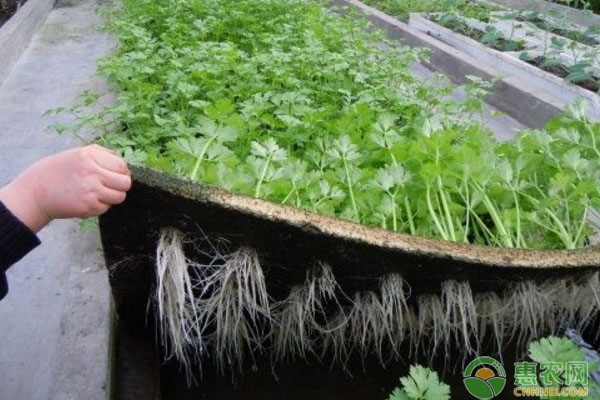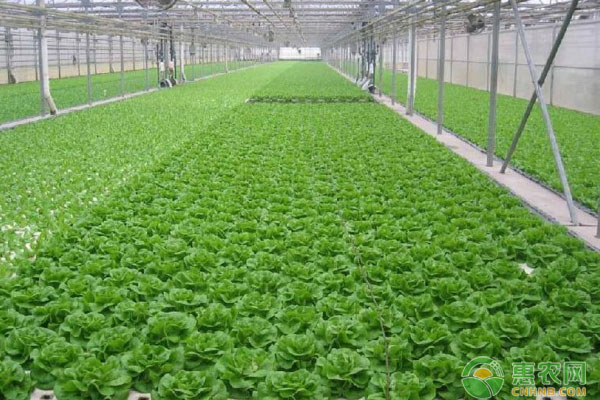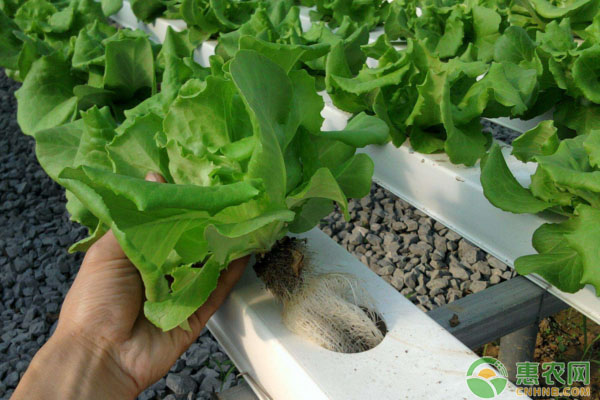What are the environmental protection facilities and construction requirements for soilless culture techniques? Nowadays, many agricultural plants are gradually moving towards modern planting, such as greenhouse temperature planting and soilless cultivation techniques. Through these modern planting techniques, conditions such as temperature, humidity, carbon dioxide concentration and illumination suitable for crop growth are created, which greatly expands the planting scale and improves Growth benefits, then Xiaobian will briefly talk about the environmental protection facilities and construction requirements of soilless cultivation techniques. I. Types and classification of environmental protection facilities Environmental protection facilities for soilless cultivation: solar greenhouses, plastic greenhouses, modern greenhouses, rain shelters and shade nets; Environmental protection facilities: refers to a cultivation facility that regulates the environmental factors such as temperature, light, water and gas, and the cultivation space is covered with light-transmissive covering materials, which can be operated by people; According to the cover material: divided into two categories: glass greenhouse and plastic greenhouse Plastic greenhouse: According to the material, it can be divided into hard (PC board, FRA board, FRP board, composite board, etc.) plastic greenhouse and soft plastic (PVC, PE, EVA film, etc.) greenhouse, according to the shape can be divided into single building and even The two types of buildings can be divided into double roofs, single roofs, inequality double roofs, arched roofs, etc. according to the form of the roof. (1) Solar greenhouse The solar greenhouse refers to the three-sided wall. The source of heat mainly depends on the horticultural protection facilities of solar radiant energy. The plastic film is used as the lighting covering material, and the solar radiation is used as the heat source to maximize the lighting; Advantages of solar greenhouse: low investment, high efficiency, lighting, warmth, low energy consumption and practicality have high advantages. (2) Plastic greenhouse Generally, a large-scale protection and cultivation facility that uses bamboo, wood, cement or steel as a skeleton and covers a plastic film on the surface is called a plastic film greenhouse. There is no environmental control equipment, and it mainly relies on natural light for production. Common plastic greenhouses have Bamboo and wood structure greenhouses, cantilever hanging columns, bamboo and arch frame greenhouses, ribbed column greenhouses, pillarless steel frame greenhouses and fabricated galvanized thin-walled steel pipe greenhouses; Advantages of plastic greenhouse: large space inside the shed, no column, convenient operation, convenient cover film, and widely used in production. (3) Modern greenhouse The modern greenhouse is an advanced type of facility gardening, which realizes automatic control of the computer, is basically not affected by severe weather and adverse environmental conditions under natural climatic conditions, and can be used for large-scale greenhouses for horticultural crop production on an annual basis; The types of modern greenhouses introduced in China today: fen-type glass greenhouses with multi-ridged huts, plastic film Lischel greenhouses, fully open plastic greenhouses, and fully open glass greenhouses; Types of greenhouses designed and manufactured in China: double-layer inflatable multi-span plastic greenhouse, double-slope glass greenhouse, large-scale multi-storey plastic greenhouse in North China, large-scale multi-storey plastic greenhouse in South China, Jinding-type multi-span greenhouse, LGP-732 Greenhouse, XA and GK series greenhouses, FRP multi-span greenhouses, etc. (4) Plant factory Plant factory refers to the use of artificial light source in the factory-like fully enclosed building facilities to achieve automatic control of the environment, and to produce plants with high efficiency, labor saving and stable planting; Plant factories can be divided into three categories: artificial light type, natural light type and artificial light and natural light combined type; Plant factory advantages: rational use of space and facilities, to achieve all-weather, no-season, pollution-free production, with high integration, efficient production, high commercial, high input characteristics. (5) Anti-canopy and shade net installation The rainproof shed and the Sunshade Net device mainly use the greenhouse frame to cover the top curtain and remove the membrane. This can prevent rain and ventilate the surrounding area, and can also carry out the off-season cultivation of leafy vegetables and root vegetables in summer. . Second, the structure and performance of major environmental protection facilities (1) Solar greenhouse 1. Structure of solar greenhouse The basic structure of the solar greenhouse: using the north facing south and east-west extension, using solar energy as the main energy source of the greenhouse, the north side of the solar greenhouse, the east and west gables, the hollow wall structure can be adopted, and the rear roof can also be constructed by multi-layer composite materials. . The solar greenhouse can also be a “warm winter shedâ€. The skeleton consists of the rear wall, the back slope, the front roof and the two gables. It has the advantages of good lighting, good insulation, low cost, easy operation and high efficiency. 2. Performance of the solar greenhouse The characteristics of the solar greenhouse are mainly reflected in the thermal insulation. From the structural point of view, the incoming light is less than the plastic greenhouse. The indoor light is strong on the south side and the north side is low. Due to the uneven indoor temperature distribution, there is a certain local humidity difference and the heat dissipation is fast. The south side has a relatively high humidity in the morning and evening; Due to the limited growth space of crops, low solar greenhouses can affect the growth of large plant types. (2) Plastic greenhouse 1. Structure of plastic greenhouse The plastic greenhouse skeleton mainly includes arches, longitudinal beams, columns, gable columns, skeleton connecting fixtures and doors, etc. It has good lighting, uniform light distribution, easy access to short-wave radiation, long-wave radiation is difficult to penetrate, and airtightness is good. . (3) Modern greenhouse The modern greenhouse can comprehensively control various environmental factors to meet the requirements of suitable crop growth and development; Modern greenhouses have a large building area and strong environmental regulation, but indoor ventilation, low cooling capacity in summer, and high construction costs. 3. General requirements for the construction of solar greenhouses for soilless cultivation 1. When selecting the address of the greenhouse building, consideration should be given to irrigation and disinfection treatment to avoid causing pollution. 2. When ventilating in a greenhouse, choose a well ventilated place. 3. Determine the height, span and direction of the greenhouse according to the way the nutrient solution is cultivated. 4. The design of the facility must pay attention to strengthening the greenhouse effect, paying attention to optimizing the shed structure, and maximally absorbing, accumulating and utilizing solar radiant energy. External Black-white Sunshade Net Series External Black-White Sunshade Net Series,Outdoor Sun Shading Net,Anti-Ultraviolet Sunshade Net,Energy-Saving Shading Net Changzhou Green Nets Co.,Ltd. , https://www.czglnets.com

